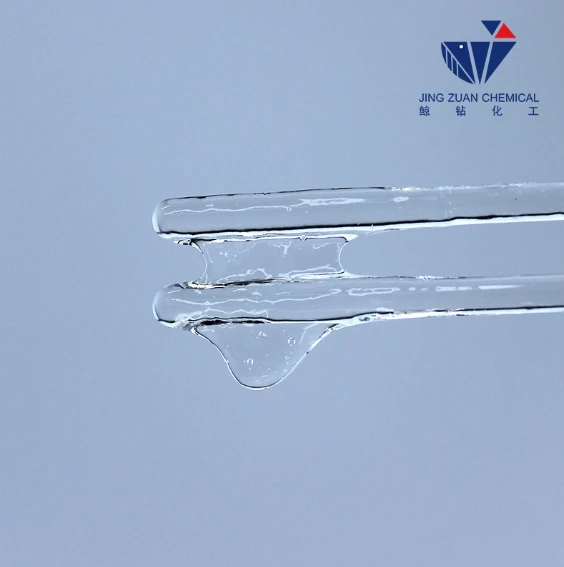
sept. . 05, 2024 18:34 Back to list
Hydroxyethyl Cellulose | Properties, Applications, and Uses
Hydroxyethyl cellulose (HEC) is a non-ionic cellulose ether derived from natural cellulose, widely recognized for its versatility and efficacy in various industrial applications. Its structure consists of a cellulose backbone that has been modified through the etherification process to incorporate hydroxyethyl groups. This modification imparts unique properties to HEC, making it an essential ingredient in many formulations.
The cellulose molecule, the primary building block of HEC, consists of long chains of glucose units linked by β-1,4-glycosidic bonds. This linear arrangement allows for extensive hydrogen bonding, contributing to cellulose’s rigidity and insolubility in water. However, the introduction of hydroxyethyl groups modifies this structure, enhancing its solubility and providing additional functionalities. Typically, hydroxyethyl groups are introduced through an alkylation reaction, where ethylene oxide reacts with cellulose to selectively replace hydroxyl (-OH) groups with hydroxyethyl groups.
.
One of the most notable characteristics of HEC is its thickening ability, which is leveraged in various formulations. In the cosmetic industry, for instance, HEC is used in lotions and creams to improve texture and stability while providing a smooth application. In pharmaceuticals, it serves as a binder in tablets and a suspending agent in liquid medications. HEC is also employed in the food industry as a stabilizer and thickener, adding mouthfeel and enhancing texture in products such as sauces and dressings.
hydroxyethyl cellulose structure

Moreover, HEC is valued for its biodegradability and low toxicity, making it an environmentally friendly choice compared to synthetic thickeners. Its non-ionic nature reduces the risk of adverse reactions in sensitive applications, such as personal care products and pharmaceuticals, where safety and skin compatibility are paramount.
In addition to its thickening properties, HEC also possesses superior film-forming capabilities. This characteristic is particularly beneficial in coatings, adhesives, and building materials, where it can enhance the strength and durability of the final product. Its film-forming ability also plays a role in agricultural applications, such as controlled-release formulations, where it can enable the sustained release of agrochemicals.
In conclusion, hydroxyethyl cellulose is a multifunctional polymer characterized by a modified cellulose structure that confers desirable attributes such as solubility, thickening, and film-forming capabilities. Its wide range of applications across various industries attests to its significance in modern formulations, highlighting its essential role in improving product performance and user experience. As the demand for sustainable and effective materials continues to rise, HEC's profile as a biodegradable and safe ingredient positions it well for future development and application.
-
The Widespread Application of Redispersible Powder in Construction and Building Materials
NewsMay.16,2025
-
The Widespread Application of Hpmc in the Detergent Industry
NewsMay.16,2025
-
The Main Applications of Hydroxyethyl Cellulose in Paints and Coatings
NewsMay.16,2025
-
Mortar Bonding Agent: the Key to Enhancing the Adhesion Between New and Old Mortar Layers and Between Mortar and Different Substrates
NewsMay.16,2025
-
HPMC: Application as a thickener and excipient
NewsMay.16,2025
-
Hec Cellulose Cellulose: Multi functional dispersants and high-efficiency thickeners
NewsMay.16,2025







